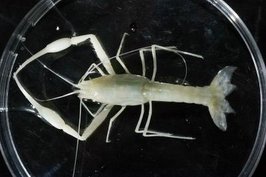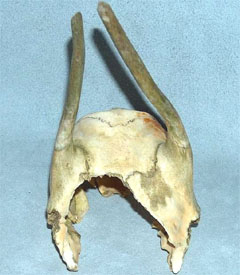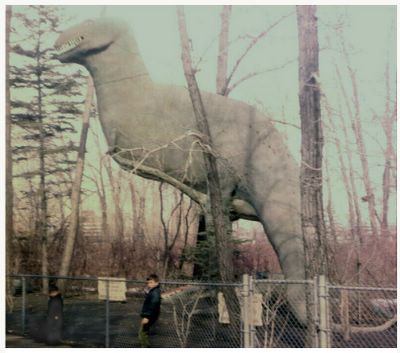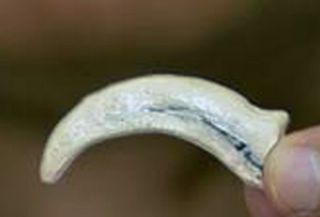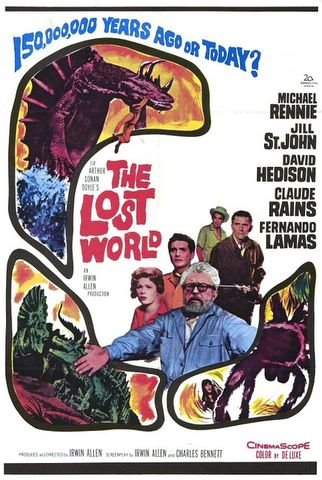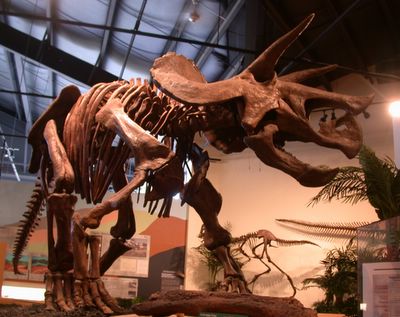High temperatures near the equator speed up the metabolisms of the inhabitants, fueling genetic changes that actually lead to the creation of new species.To put a number on it, it takes about 1023 - that is a 1 followed by 23 zeros - of energy units called joules to generate a new species of foraminifera plankton.
The helps explain why more living species seem to exist near the equator, a scientific observation made even before naturalist Charles Darwin set sail to South America on the H.M.S. Beagle nearly two centuries ago.
"From a scientific perspective, we can now quantify biodiversity in terms of energy," Allen said. "This will help efforts to identify and model areas for protection and conservation."
Using a mathematical
Researchers compared arrivals of new species of this type of plankton with differences in ocean temperatures at different latitudes ranging from the tropics to the arctic. The results agreed closely with predictions of their model.
"It takes more energy than all the fossil fuel people burn on the planet in a year to form one new species of plankton," said Dr. Andrew Allen. "In terms of conservation, this really highlights that biodiversity does have a price, and the price is very high."
The paper that this press release refers to is annoyingly not posted on the PNAS site yet, but it is probably related to this work
Cartoon © S. Harris
